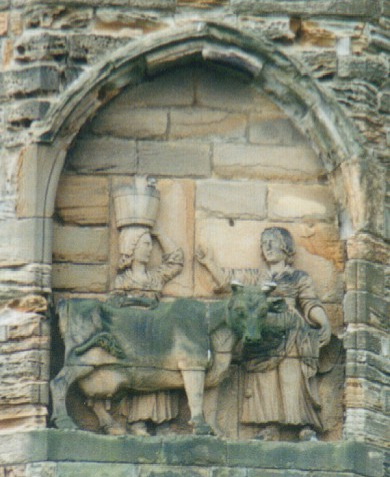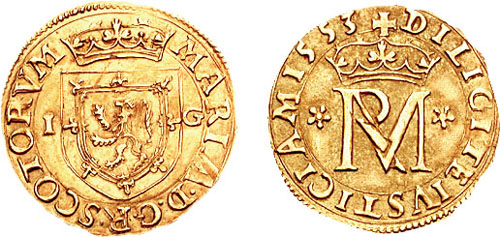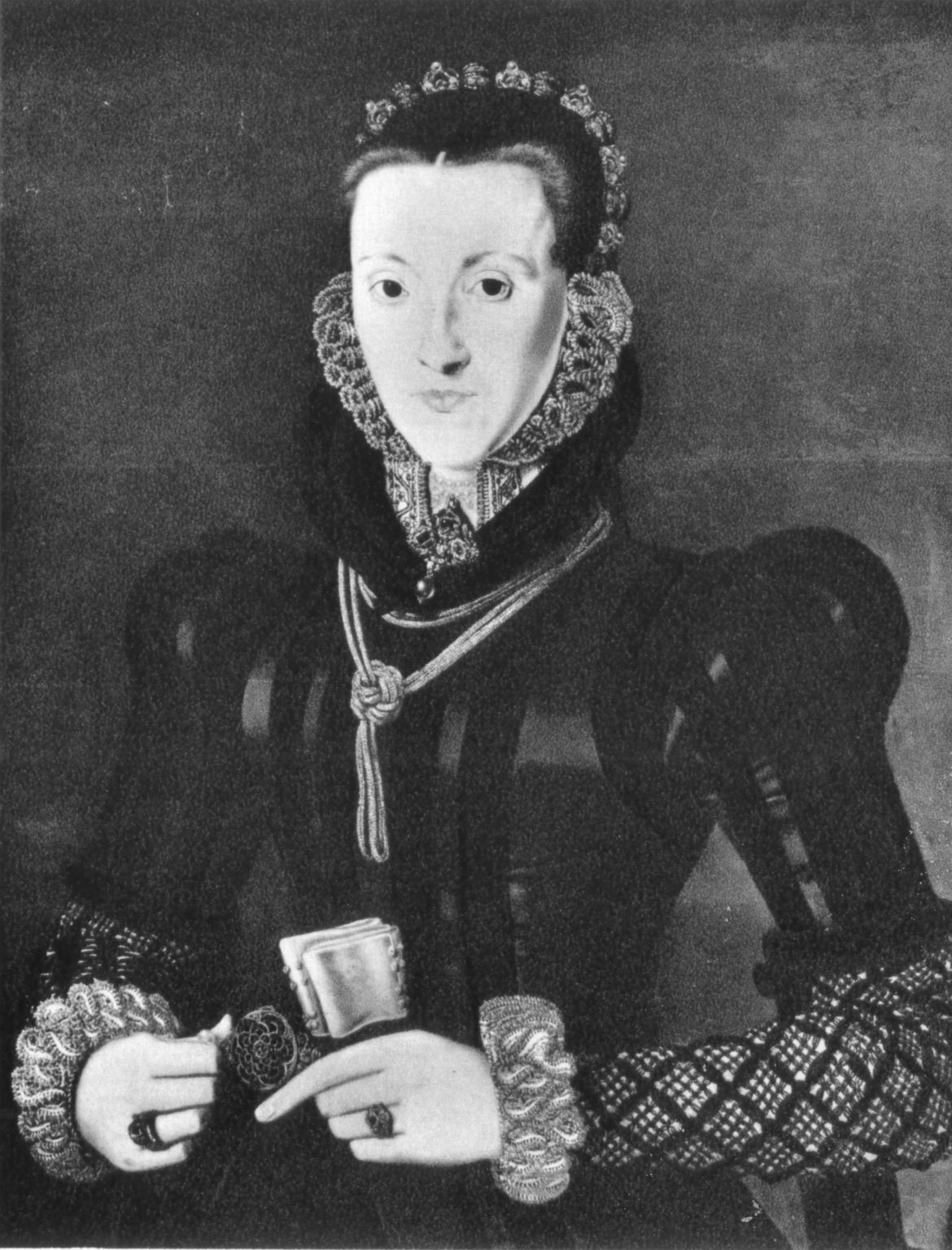|
Sir Valentine Browne
Sir Valentine Browne (died 1589), of Croft, Lincolnshire, was auditor, treasurer and victualler of Berwick-upon-Tweed. He acquired large estates in Ireland during the Plantation of Munster, in particular the seignory of Molahiffe. He lived at Ross Castle near Killarney, County Kerry. He was MP in three English and one Irish parliaments. Birth and origins Valentine was probably born in the late 1510s or early 1520s in Croft, Lincolnshire, eldest son of Sir Valentine Browne, knight, of Croft, who died in 1568. His father's family had been established in Totteridge, Hertfordshire, and in Hoxton, Middlesex (now in London), before moving to Lincolnshire. Nothing seems to be known about his mother. Early life From 1550 to 1553 Browne was auditor at Berwick Castle. From 1553 to 1560 he was Auditor-General of Ireland. He was appointed Surveyor General of Ireland in 1559 by Queen Elizabeth I of England, later being appointed Auditor of the Exchequer. First ... [...More Info...] [...Related Items...] OR: [Wikipedia] [Google] [Baidu] |
Earls Of Kenmare
The title of Earl of Kenmare was created in the Peerage of Ireland in 1801. It became extinct upon the death of the 7th Earl in 1952. All of the Earls bore the subsidiary titles of Viscount Castlerosse (1801), Viscount Kenmare (1798), and Baron Castlerosse (1798) in the Peerage of Ireland. The 2nd Earl was created Baron Kenmare, of Castlerosse in the County of Kerry in the Peerage of the United Kingdom in 1841, but this title became extinct upon his death. His brother and successor, the third earl, was again created Baron Kenmare, of Castlerosse in the County of Kerry in the Peerage of the United Kingdom in 1856, and this title survived until the extinction of the earldom in 1952. The Browne line *Sir Valentine Browne, knight (died 1589) * Sir Nicholas Browne (died 12 December 1606) Baronets Browne of Molahiffe, County Kerry (1622) * Sir Valentine Browne, 1st Baronet (died 7 September 1633) * Sir Valentine Browne, 2nd Baronet (died 25 April 1640) * Valentine Browne, 3rd Bar ... [...More Info...] [...Related Items...] OR: [Wikipedia] [Google] [Baidu] |
Nicholas Bacon (Lord Keeper)
Sir Nicholas Bacon (28 December 1510 – 20 February 1579) was Lord Keeper of the Great Seal during the first half of the reign of Queen Elizabeth I of England. He was the father of the philosopher and statesman Sir Francis Bacon. Life He was born at Chislehurst, Kent, the second son of Robert Bacon (1479–1548) of Drinkstone, Suffolk, by his wife Eleanor (Isabel) Cage. He graduated from Corpus Christi College, Cambridge in 1527. The college law society at Corpus, the Nicholas Bacon Law Society, founded in 1972, is named after him. There is a story that he evaded ordination by going into hiding "with the help of a rich uncle", and he seems to have entered an Inn of Chancery before being admitted to Gray's Inn five years later after a period in Paris; he was called to the Bar in 1533. Following the Dissolution of the Monasteries, Henry VIII gave him a grant of the manors of Redgrave, Botesdale and Gislingham in Suffolk, and Gorhambury, Hertfordshire. Gorhambury be ... [...More Info...] [...Related Items...] OR: [Wikipedia] [Google] [Baidu] |
Durham, England
Durham ( , locally ) is a cathedral city and civil parish in the county of County Durham, Durham, England. It is the county town and contains the headquarters of Durham County Council, the unitary authority which governs the district of County Durham (district), County Durham. The built-up area had a population of 50,510 at the 2021 Census. The city was built on a meander of the River Wear, which surrounds the centre on three sides and creates a narrow neck on the fourth. The surrounding land is hilly, except along the Wear's floodplain to the north and southeast. Durham was founded in 995 by Anglo-Saxon monks seeking a place safe from Viking Age, Viking raids to house the relics of St Cuthbert. The church the monks built lasted only a century, as it was replaced by the present Durham Cathedral after the Norman Conquest; together with Durham Castle it is a UNESCO World Heritage Site. From the 1070s until 1836 the city was part of the County Palatine of Durham, a semi-independ ... [...More Info...] [...Related Items...] OR: [Wikipedia] [Google] [Baidu] |
Mary Stuart, Queen Of Scots
Mary, Queen of Scots (8 December 1542 – 8 February 1587), also known as Mary Stuart or Mary I of Scotland, was Queen of Scotland from 14 December 1542 until her forced abdication in 1567. The only surviving legitimate child of James V of Scotland, Mary was six days old when her father died and she inherited the throne. During her childhood, Scotland was governed by regents, first by the heir to the throne, James Hamilton, Earl of Arran, and then by her mother, Mary of Guise. In 1548, she was betrothed to Francis, the Dauphin of France, and was sent to be brought up in France, where she would be safe from invading English forces during the Rough Wooing. Mary married Francis in 1558, becoming queen consort of France from his accession in 1559 until his death in December 1560. Widowed, Mary returned to Scotland in August 1561. The tense religious and political climate following the Scottish Reformation that Mary encountered on her return to Scotland was further agitated by ... [...More Info...] [...Related Items...] OR: [Wikipedia] [Google] [Baidu] |
Thomas Percy, 7th Earl Of Northumberland
Thomas Percy, 7th Earl of Northumberland, 1st Baron Percy, KG (152822 August 1572) was an English nobleman, politician and Roman Catholic rebel leader, who led the Rising of the North against Elizabeth I in 1569. After the failure of the rising, he was captured in Scotland, sold to the English government and executed for treason. He was later beatified by the Catholic Church. Early life Percy was the eldest son of Sir Thomas Percy and Eleanor, daughter of Sir Guiscard Harbottal. He was the nephew of Henry Percy, 6th Earl of Northumberland, with whom Anne Boleyn had a romantic association before she became the wife of King Henry VIII. When Thomas was eight years old his father, Sir Thomas Percy, was executed at Tyburn (2 June 1537) for having taken a leading part in the Pilgrimage of Grace, and he also is considered a martyr by many. Thomas and his brother Henry Percy, 8th Earl of Northumberland, Henry were then removed from their mother's keeping and entrusted to Sir Thomas ... [...More Info...] [...Related Items...] OR: [Wikipedia] [Google] [Baidu] |
Charles Neville, 6th Earl Of Westmorland
Charles Neville, 6th Earl of Westmorland (18 August 154216 November 1601) was an English nobleman, politician and Roman Catholic rebel leader, who led the Rising of the North against Elizabeth I in 1569. After the failure of the Rising, he fled first to Scotland but then went into exile in the Spanish Netherlands, fearing the same fate as his fellow rebellion leader, Thomas Percy, 7th Earl of Northumberland, who had been captured by the Elizabethan government and executed for treason in August 1572. Early life He was the son of Henry Neville, 5th Earl of Westmorland and Lady Anne Manners, second daughter of Thomas Manners, 1st Earl of Rutland. Career A Roman Catholic by upbringing, and allied to the Catholic Howard family, Westmorland opposed Queen Elizabeth I's Protestant policies and, in November 1569 he joined Thomas Percy, 7th Earl of Northumberland in the Northern Rebellion against the Queen. The rebels captured Durham, and held a Catholic mass. Forces loyal to the queen ... [...More Info...] [...Related Items...] OR: [Wikipedia] [Google] [Baidu] |
John Wood (Scottish Courtier)
Master John Wood (died 1570), was a Scottish courtier, administrator and secretary to the Regent Moray, Earl of Moray. He was assassinated on 15 April 1570. Career John Wood was the son of Andrew Wood of Largo, and was educated at St Leonards College at the University of St Andrews, graduating in 1536 and so used the title "Master", referring to his degree. It has been suggested he became vicar of Largo, Fife, Largo. John Wood's connection with Mary, Queen of Scots, Queen Mary's half brother, Lord James Stewart, afterwards Earl of Moray, began as early at least as 1548, when he accompanied him to France. About September 1560 he accompanied an embassy to England, recorded by Thomas Randolph (diplomat), Thomas Randolph, who in a letter of 23 September 1560 promised to send to William Cecil, 1st Baron Burghley, William Cecil with Wood a copy of Knox's ''History of the Reformation'', "as mykle as ys written thereof". John Wood was a supporter of the Scottish Reformation, and at the ... [...More Info...] [...Related Items...] OR: [Wikipedia] [Google] [Baidu] |
Jewels Of Mary, Queen Of Scots
The jewels of Mary, Queen of Scots (1542–1587) are mainly known through the evidence of inventories held by the National Records of Scotland. She was bought jewels during her childhood in France, adding to those she inherited. She gave gifts of jewels to her friends and to reward diplomats. When she abdicated and went to England many of the jewels she left behind in Scotland were sold or pledged for loans, first by her enemies and later by her allies. Mary continued to buy new jewels, some from France, and use them to reward her supporters. In Scotland her remaining jewels were worn by her son James VI and his favourites. French fashion and the Scottish queen Mary, Queen of Scots inherited Jewels of James V of Scotland, personal jewels belonging to her father, James V. For a time, the Regent Arran, Earl of Arran was ruler of Scotland as regent. In 1556, after her mother Mary of Guise had become regent, Arran returned a large consignment of royal jewels to the young queen in Fran ... [...More Info...] [...Related Items...] OR: [Wikipedia] [Google] [Baidu] |
Robert Melville, 1st Lord Melville
Robert Melville, 1st Lord Melville (c. 1527–1621) was a Scottish diplomat, administrator, jurist, and intriguer, and uncle of the poet Elizabeth Melville. Family Known as Sir Robert Melville of Murdocairnie or Murdochcairnie, Robert was the second son of John Melville of Raith, Sir John Melville of Raith, Fife, Raith in Fife and Helen Napier of Merchiston. His younger brother Sir James Melville of Halhill wrote a famous political memoir. Another brother, Andrew Melville of Garvock, joined the household of Mary, Queen of Scots in Scotland. Robert married firstly; Katherine Adamson; secondly Mary Leslie, daughter of Andrew Leslie, 5th Earl of Rothes, Andrew Leslie, Earl of Rothes; thirdly, Jean Stewart, daughter of Robert Stewart, 1st Earl of Orkney, Robert Stewart, Earl of Orkney. He had a daughter Christiane and his son and heir with Katherine Adamson, Robert Melville, 2nd Lord Melville. Career During the Scottish Reformation, Robert Melville sided with the Protestant Lords of ... [...More Info...] [...Related Items...] OR: [Wikipedia] [Google] [Baidu] |
Mary, Queen Of Scots
Mary, Queen of Scots (8 December 1542 – 8 February 1587), also known as Mary Stuart or Mary I of Scotland, was List of Scottish monarchs, Queen of Scotland from 14 December 1542 until her forced abdication in 1567. The only surviving legitimate child of James V of Scotland, Mary was six days old when her father died and she inherited the throne. During her childhood, Kingdom of Scotland, Scotland was governed by regents, first by the heir to the throne, James Hamilton, Earl of Arran, and then by her mother, Mary of Guise. In 1548, she was betrothed to Francis II of France, Francis, the Dauphin of France, and was sent to be brought up in Kingdom of France, France, where she would be safe from invading Kingdom of England, English forces during the Rough Wooing. Mary Wedding of Mary, Queen of Scots, and Francis, Dauphin of France, married Francis in 1558, becoming queen consort of France from his accession in 1559 until his death in December 1560. Widowed, Mary Entry of Mary, Q ... [...More Info...] [...Related Items...] OR: [Wikipedia] [Google] [Baidu] |
James VI Of Scotland
James VI and I (James Charles Stuart; 19 June 1566 – 27 March 1625) was King of Scotland as James VI from 24 July 1567 and King of England and Ireland as James I from the union of the Scottish and English crowns on 24 March 1603 until his death in 1625. Although he long tried to get both countries to adopt a closer political union, the kingdoms of Scotland and England remained sovereign states, with their own parliaments, judiciaries, and laws, ruled by James in personal union. James was the son of Mary, Queen of Scots, and a great-great-grandson of Henry VII, King of England and Lord of Ireland, and thus a potential successor to all three thrones. He acceded to the Scottish throne at the age of thirteen months, after his mother was forced to abdicate in his favour. Although his mother was a Catholic, James was brought up as a Protestant. Four regents governed during his minority, which ended officially in 1578, though he did not gain full control of his government ... [...More Info...] [...Related Items...] OR: [Wikipedia] [Google] [Baidu] |
Regent Moray
James Stewart, 1st Earl of Moray (c. 1531 – 23 January 1570) was a member of the House of Stewart as the illegitimate son of King James V of Scotland. At times a supporter of his half-sister Mary, Queen of Scots, he was the regent of Scotland for his half-nephew, the infant King James VI, from 1567 until his assassination in 1570. He was the first head of government to be assassinated with a firearm. Early life Moray was born in about 1531, an illegitimate child of King James V of Scotland and his mistress Lady Margaret Erskine, daughter of John Erskine, 5th Lord Erskine, and wife of Sir Robert Douglas of Lochleven. On 31 August 1536, he received a royal charter granting the lands of Tantallon and others. James was appointed Prior of St Andrews, Fife, in 1538.Sir James Balfour Paul, ''The Scots Peerage'', vol. 1 (Edinburgh: David Douglas, 1904), p. 23. This position supplied his income. Clothes for "lord James of Sanctandrois" and his brothers were made by the king's ... [...More Info...] [...Related Items...] OR: [Wikipedia] [Google] [Baidu] |





